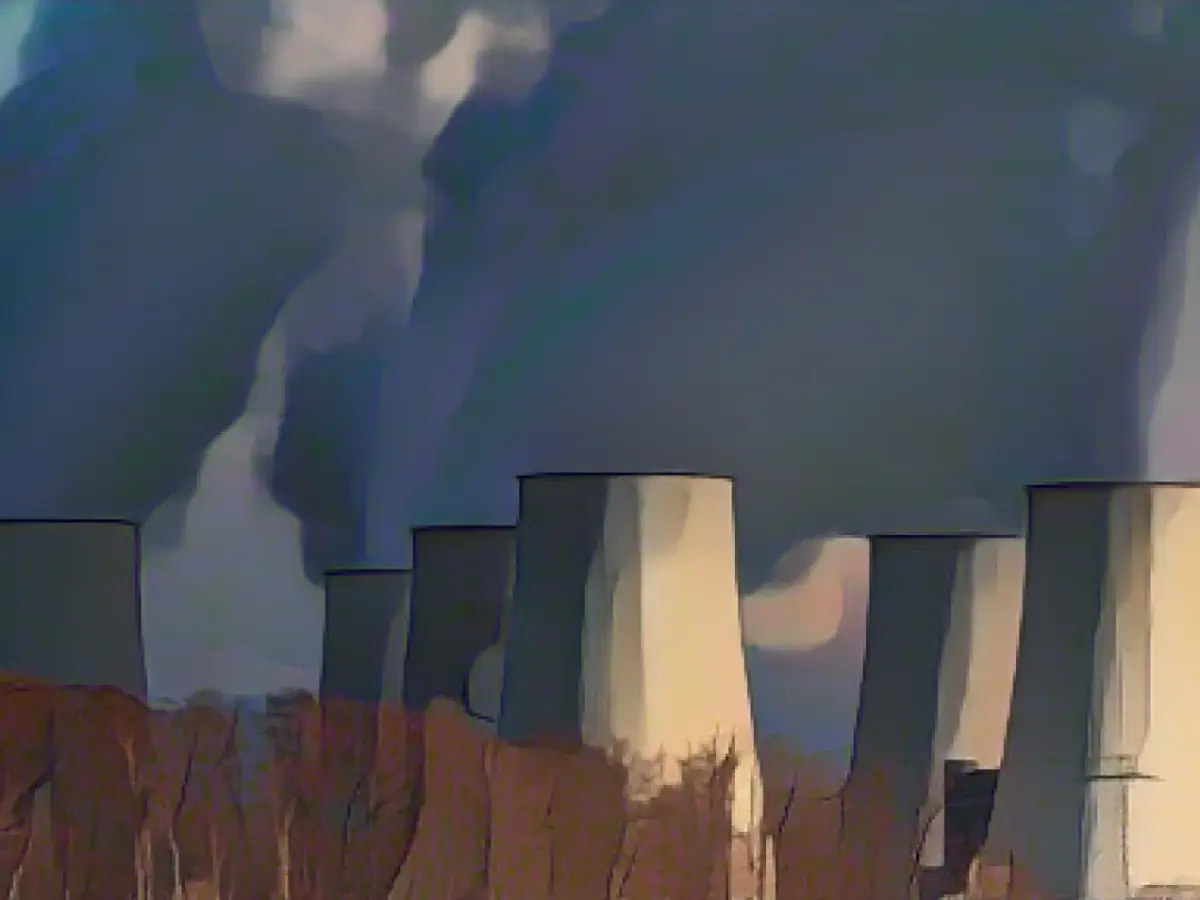Energy - End of Jänschwalde opencast mine does not change 2038 phase-out
Even with the imminent end of the Jänschwalde opencast mine, the coal phase-out date of 2038 will not change for the energy company Leag. CEO Torsten Kramer made this clear on the fringes of the Barbara celebration in Cottbus. "We are very optimistic that we will continue to mine coal in the region well into the 30s," Kramer said on Thursday evening on the RBB program "Brandenburg aktuell", also with a view to the long-term stability of the supply.
Just under a year ago, the Leag CEO gave a different date for the coal phase-out for the first time. Under certain conditions, he could imagine that Leag would no longer be dependent on coal in 2033. However, Kramer emphasized that the conditions for this would be maintaining security of supply and H2-ready power plants - hydrogen-capable power plants - which would have to be connected to the grid at the four locations in Lusatia and in the Central German mining area. As this is not yet the case, the agreed and legally enshrined coal phase-out in 2038 applies to the company.
Miners in Lusatia also celebrate the feast of their patron saint, Saint Barbara, in December. According to Leag's coal plan, regular operations at the Jänschwalde open-cast mine will cease on December 22, with a so-called phase-out period scheduled until spring. This includes numerous safety measures in the open-cast mine.
A hydrogen network needs to be built for the H2-ready power plants that will one day replace the coal-fired power plants. "The impasse in Berlin naturally makes the timeframe we are currently planning somewhat difficult," said Kramer. The hydrogen supply is planned for 2030 and beyond. "We assume that this still fits in with our expansion plans." This Monday, the Lusatia economic region (WRL) plans to present a study on the "Hydrogen transportation network for Lusatia".
The energy company wants to develop into a green electricity operator and, according to Kramer, is making "giant strides" towards this transformation. The planning for photovoltaics (PV) and wind farms has been completed. Construction of the first large PV park with a capacity of 1000 megawatts will begin next year. The aim is to be operational by 2026, he explained.
By 2030, seven gigawatts of PV and wind power plants on post-mining areas should be able to reliably supply four million households with green electricity. By 2040, the volume is set to grow to almost 14 gigawatts. Leag is planning around 70 percent PV systems and around 30 percent wind turbines on the sites.
Interview Kramer
Read also:
- A clan member is punished here
- Will he be convicted as Jutta's murderer after 37 years?
- He also wanted to kill his cousin
- With live stream! Gawkers film dying man
- Despite the closure of the opencast mine in Jänschwalde by December 22, the energy company Leag maintains its commitment to mining coal in the Lusatia region until at least the 2030s, as stated by CEO Torsten Kramer.
- The phase-out of coal for Leag is legally set for 2038, which remains unchanged despite discussions about an earlier withdrawal from coal, given the lack of hydrogen-capable power plants connected to the grid in Brandenburg and Lusatia.
- Cottbus, the city located near Jänschwalde, also serves as a significant location for Leag, with plans for constructing the first large-scale PV park with a capacity of 1000 megawatts beginning next year, as part of its transition into a green electricity operator.
- The energy company's ambitious projects for green energy include plans to build seven gigawatts of PV and wind power plants on post-mining areas by 2030, providing reliable green electricity for four million households, and further expanding this capacity to nearly 14 gigawatts by 2040.
Source: www.stern.de








